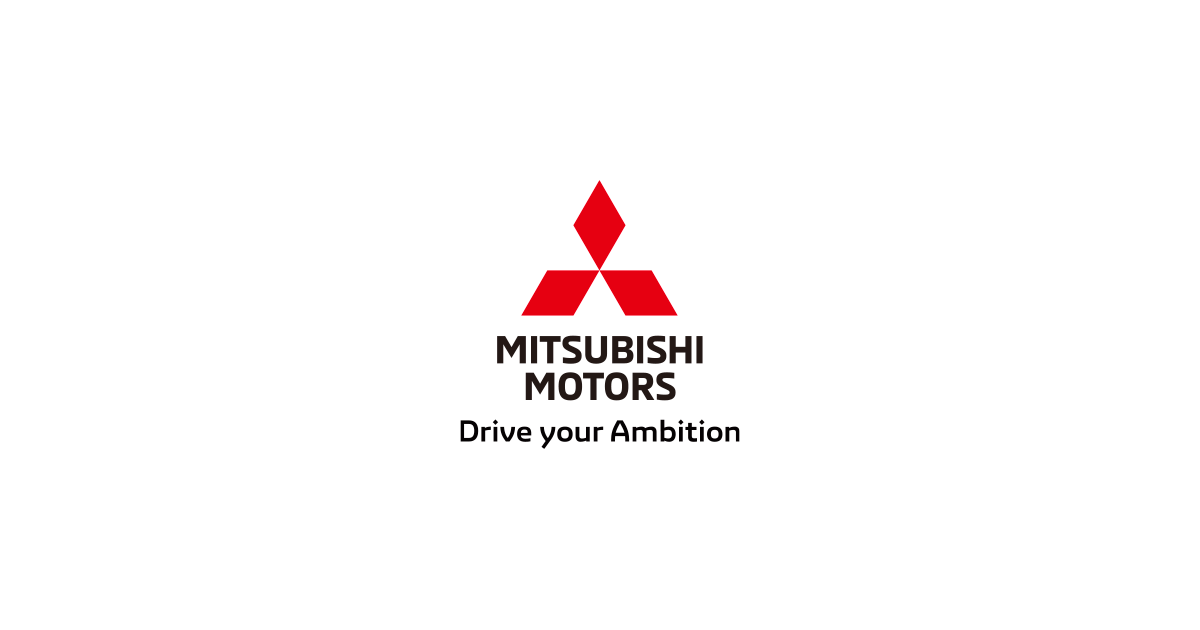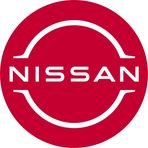The Road Ahead: Honda and Nissan's Bold Merger Plans
December 23, 2024, 9:47 pm

Location: United States, California, Torrance
Employees: 10001+
Founded date: 1959
In a world where electric vehicles (EVs) are the new gold rush, Honda and Nissan are preparing to join forces. This historic merger, set for completion by August 2026, aims to create the third-largest auto group globally, trailing only behind Toyota and Volkswagen. The stakes are high, and the competition is fierce. The landscape of the automotive industry is shifting, and these two Japanese giants are taking a bold step to secure their future.
The announcement came on December 23, 2024, a date that may mark a turning point in the automotive world. Honda, Japan's second-largest automaker, and Nissan, its third-largest, are not just merging for the sake of size. They are responding to a clear and present danger: the rise of Chinese EV manufacturers and the relentless advance of Tesla. The merger is a strategic move to pool resources, share technology, and ultimately enhance competitiveness.
The plan is ambitious. The newly formed entity aims for combined sales of 30 trillion yen (approximately $191 billion) and an operating profit exceeding 3 trillion yen. This merger is not merely a lifeline for Nissan, which has struggled in recent years, but a strategic alliance that could redefine the global automotive landscape. Honda's CEO has emphasized that this is not a rescue mission for Nissan; rather, it is a calculated move to create a powerhouse capable of competing on the world stage.
Mitsubishi Motors, a smaller player in the trio, is also in the mix. As Nissan's largest shareholder, Mitsubishi's involvement could further bolster the group's global sales, potentially exceeding 8 million vehicles annually. This figure brings them closer to Toyota's production of 11.5 million vehicles in 2023. The integration of these three companies could create a formidable competitor in a market increasingly dominated by agile and innovative players.
The merger talks are rooted in a memorandum of understanding signed earlier in August 2024. This agreement laid the groundwork for collaboration in electrification and software development. The automotive industry is evolving rapidly, and the ability to innovate is paramount. By joining forces, Honda and Nissan hope to leverage their combined strengths to develop cutting-edge technologies and improve manufacturing efficiencies.
The integration preparatory committee will play a crucial role in this transition. It will facilitate discussions and analyze potential synergies, ensuring a smooth merger process. The goal is to optimize manufacturing plants and energy service facilities, leading to improved capacity utilization and reduced fixed costs. In an industry where margins are thin, every yen saved counts.
However, the road to integration is not without its challenges. Both companies have faced significant hurdles in recent years. Nissan announced plans to cut 9,000 jobs and reduce global production capacity by 20% due to declining sales in key markets like China and the U.S. Honda, too, has reported disappointing earnings, particularly in China. The merger offers a chance to stabilize their operations and regain market share, but it requires careful navigation of existing issues.
The merger's timing is critical. The automotive industry is at a crossroads, with traditional manufacturers grappling with the shift to electric vehicles. Chinese automakers, armed with innovative technologies and aggressive pricing, have made significant inroads into global markets. Honda and Nissan must act swiftly to avoid being left behind. Their collaboration could enhance their ability to compete against not only Tesla but also rising stars like BYD.
Market reactions to the merger announcement have been positive. Shares in Honda rose by 3.8%, while Nissan and Mitsubishi Motors also saw gains. Investors are optimistic about the potential for increased scale and improved profitability. The merger could create a more resilient entity capable of weathering market fluctuations and adapting to changing consumer preferences.
As the automotive landscape continues to evolve, partnerships and mergers will become increasingly common. The Honda-Nissan merger is a testament to the need for collaboration in an industry facing unprecedented challenges. By pooling resources and expertise, these companies can better position themselves for the future.
In conclusion, the Honda-Nissan merger represents a significant shift in the automotive industry. It is a strategic response to the challenges posed by emerging competitors and changing market dynamics. As they prepare to embark on this journey, the world will be watching closely. Will this alliance create a new automotive powerhouse, or will it struggle to find its footing in a rapidly changing landscape? Only time will tell, but one thing is certain: the road ahead will be anything but ordinary.
The announcement came on December 23, 2024, a date that may mark a turning point in the automotive world. Honda, Japan's second-largest automaker, and Nissan, its third-largest, are not just merging for the sake of size. They are responding to a clear and present danger: the rise of Chinese EV manufacturers and the relentless advance of Tesla. The merger is a strategic move to pool resources, share technology, and ultimately enhance competitiveness.
The plan is ambitious. The newly formed entity aims for combined sales of 30 trillion yen (approximately $191 billion) and an operating profit exceeding 3 trillion yen. This merger is not merely a lifeline for Nissan, which has struggled in recent years, but a strategic alliance that could redefine the global automotive landscape. Honda's CEO has emphasized that this is not a rescue mission for Nissan; rather, it is a calculated move to create a powerhouse capable of competing on the world stage.
Mitsubishi Motors, a smaller player in the trio, is also in the mix. As Nissan's largest shareholder, Mitsubishi's involvement could further bolster the group's global sales, potentially exceeding 8 million vehicles annually. This figure brings them closer to Toyota's production of 11.5 million vehicles in 2023. The integration of these three companies could create a formidable competitor in a market increasingly dominated by agile and innovative players.
The merger talks are rooted in a memorandum of understanding signed earlier in August 2024. This agreement laid the groundwork for collaboration in electrification and software development. The automotive industry is evolving rapidly, and the ability to innovate is paramount. By joining forces, Honda and Nissan hope to leverage their combined strengths to develop cutting-edge technologies and improve manufacturing efficiencies.
The integration preparatory committee will play a crucial role in this transition. It will facilitate discussions and analyze potential synergies, ensuring a smooth merger process. The goal is to optimize manufacturing plants and energy service facilities, leading to improved capacity utilization and reduced fixed costs. In an industry where margins are thin, every yen saved counts.
However, the road to integration is not without its challenges. Both companies have faced significant hurdles in recent years. Nissan announced plans to cut 9,000 jobs and reduce global production capacity by 20% due to declining sales in key markets like China and the U.S. Honda, too, has reported disappointing earnings, particularly in China. The merger offers a chance to stabilize their operations and regain market share, but it requires careful navigation of existing issues.
The merger's timing is critical. The automotive industry is at a crossroads, with traditional manufacturers grappling with the shift to electric vehicles. Chinese automakers, armed with innovative technologies and aggressive pricing, have made significant inroads into global markets. Honda and Nissan must act swiftly to avoid being left behind. Their collaboration could enhance their ability to compete against not only Tesla but also rising stars like BYD.
Market reactions to the merger announcement have been positive. Shares in Honda rose by 3.8%, while Nissan and Mitsubishi Motors also saw gains. Investors are optimistic about the potential for increased scale and improved profitability. The merger could create a more resilient entity capable of weathering market fluctuations and adapting to changing consumer preferences.
As the automotive landscape continues to evolve, partnerships and mergers will become increasingly common. The Honda-Nissan merger is a testament to the need for collaboration in an industry facing unprecedented challenges. By pooling resources and expertise, these companies can better position themselves for the future.
In conclusion, the Honda-Nissan merger represents a significant shift in the automotive industry. It is a strategic response to the challenges posed by emerging competitors and changing market dynamics. As they prepare to embark on this journey, the world will be watching closely. Will this alliance create a new automotive powerhouse, or will it struggle to find its footing in a rapidly changing landscape? Only time will tell, but one thing is certain: the road ahead will be anything but ordinary.


